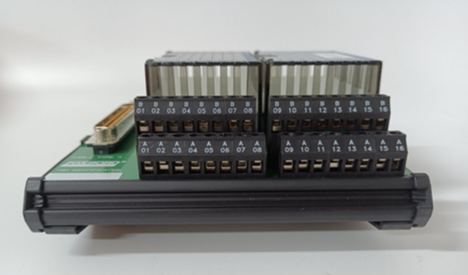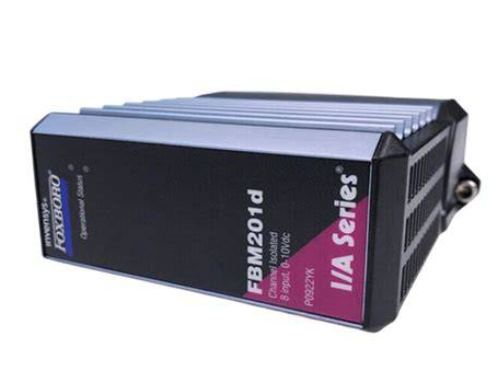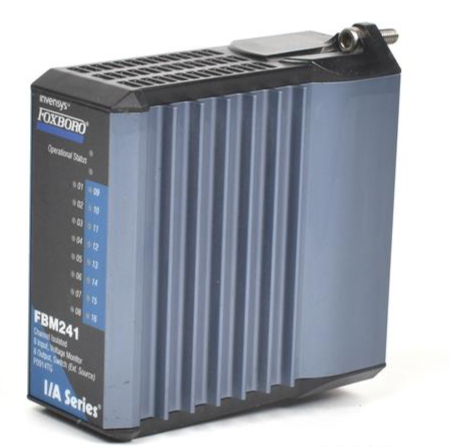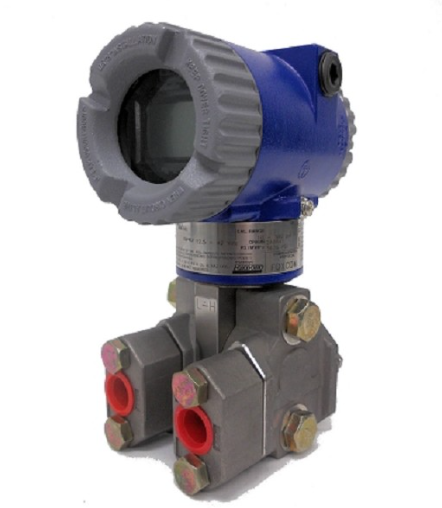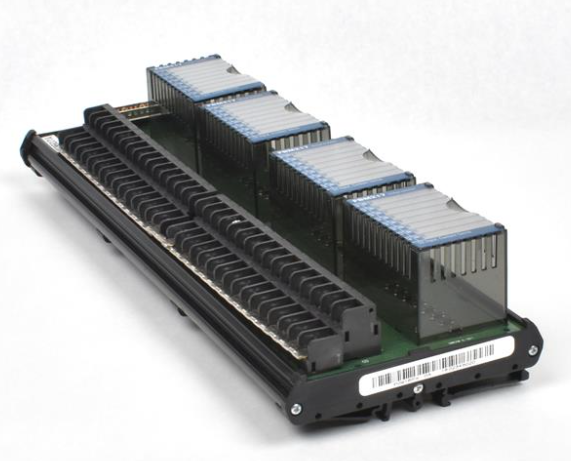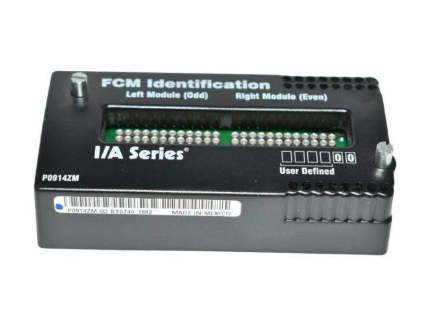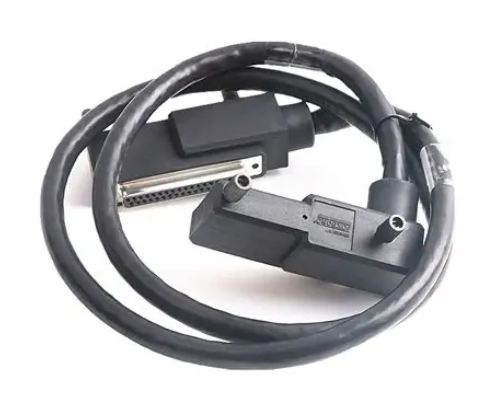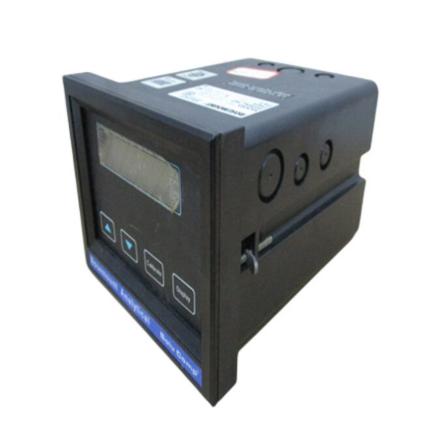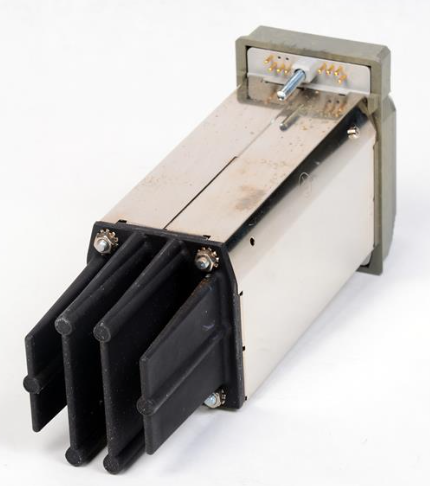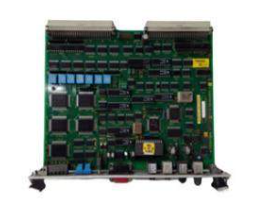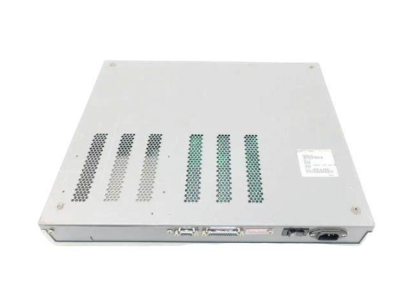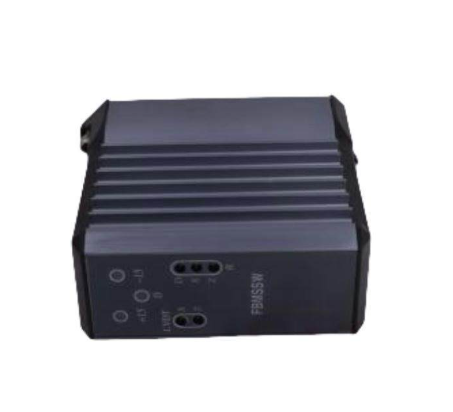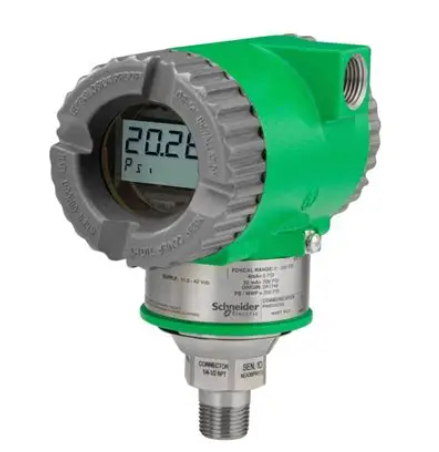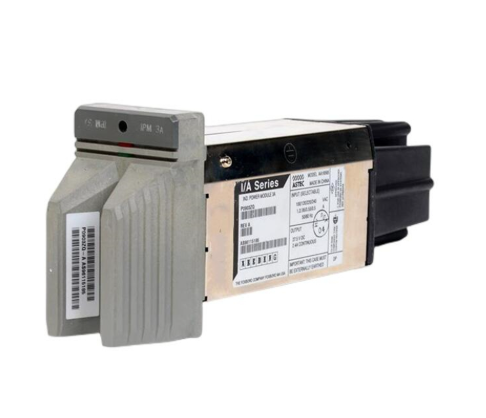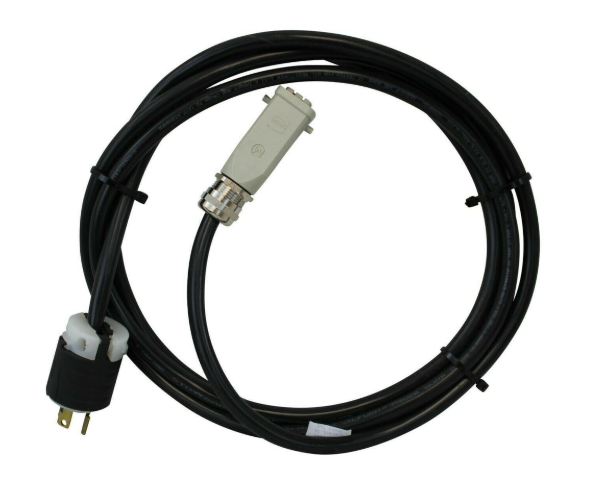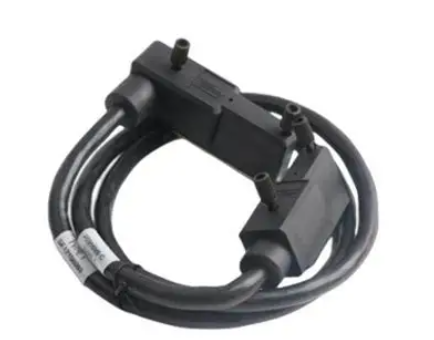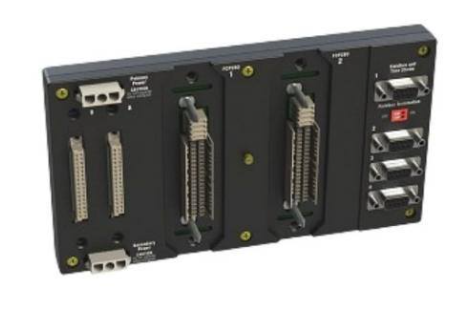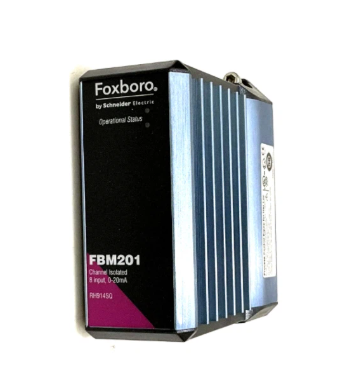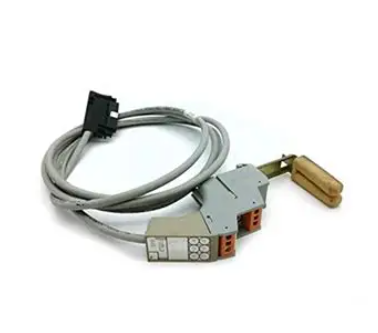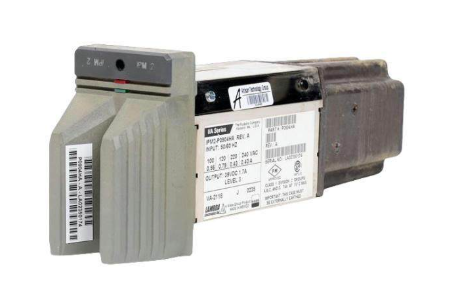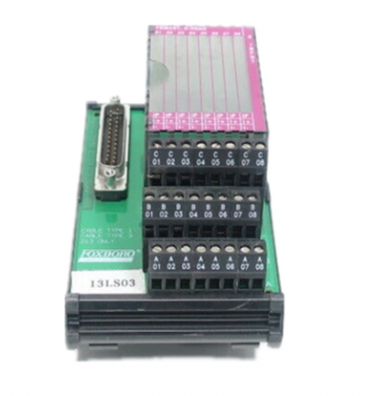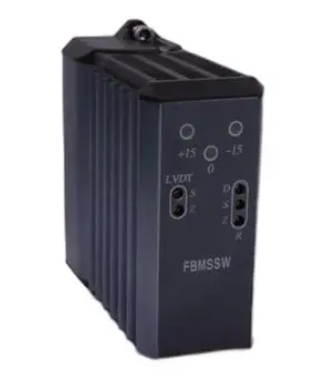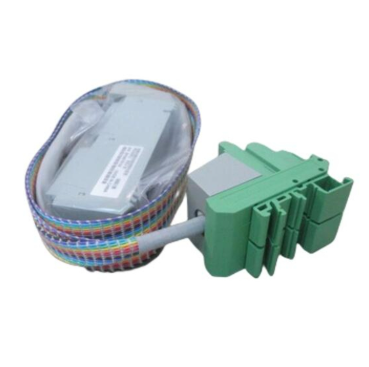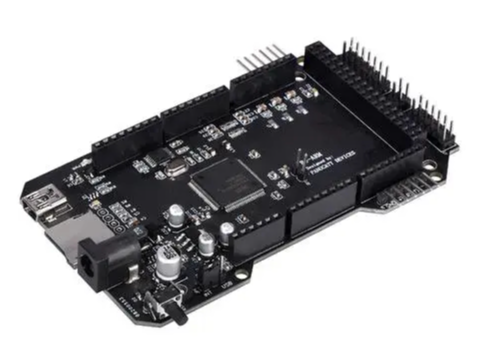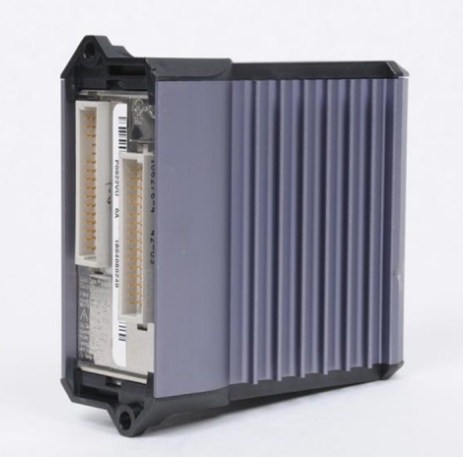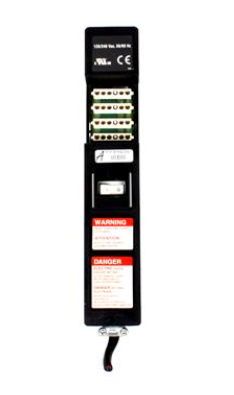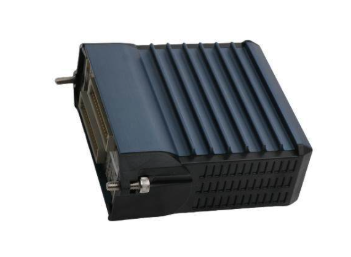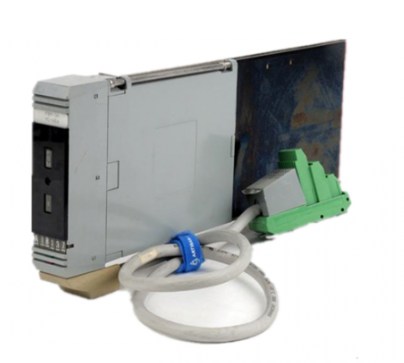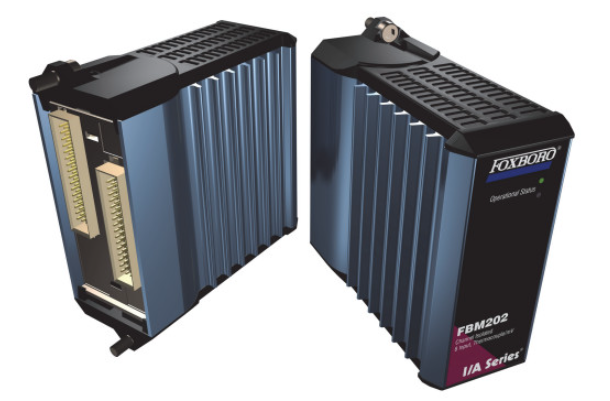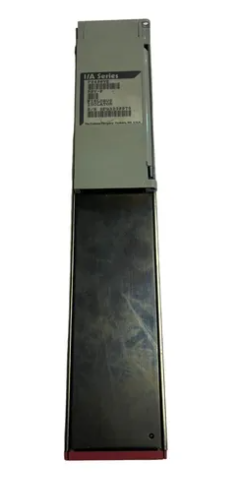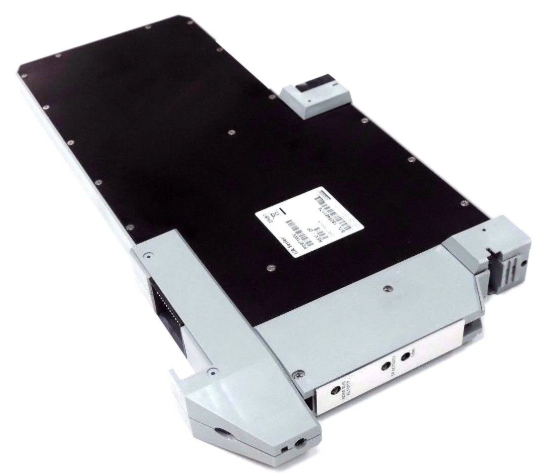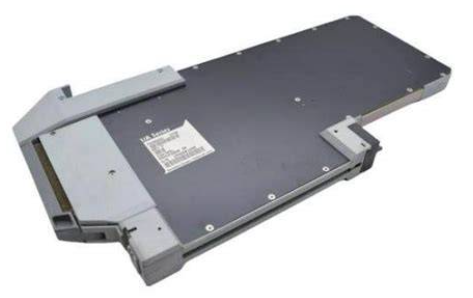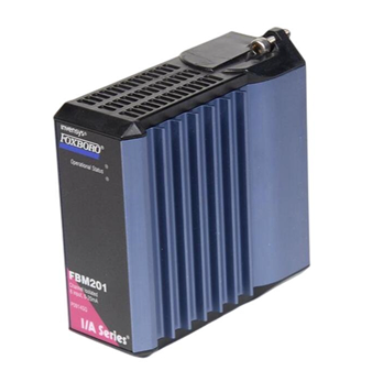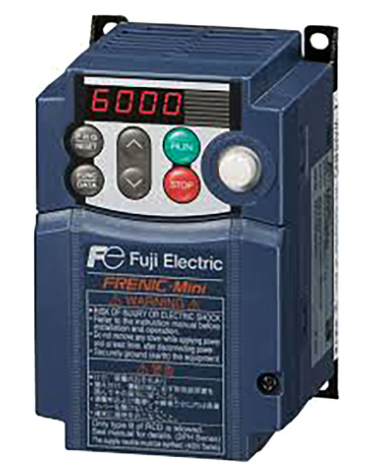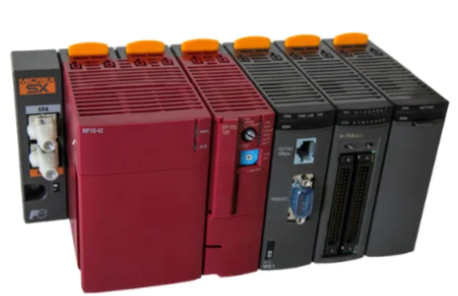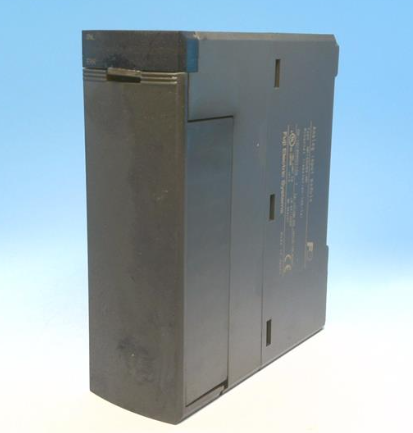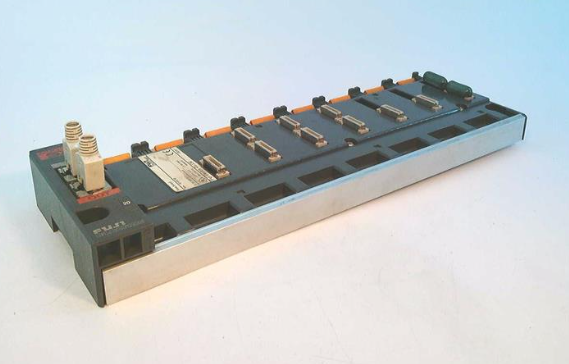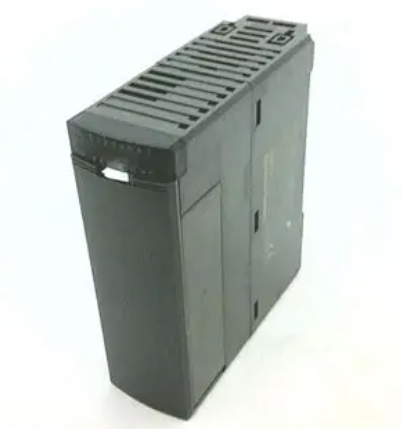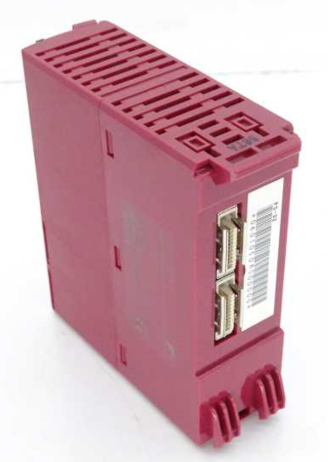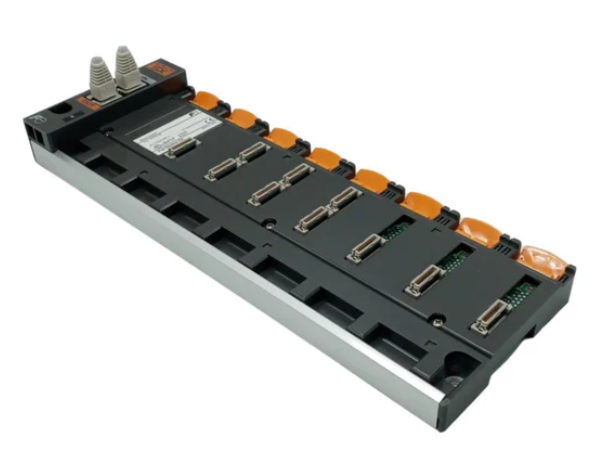Discussion on environmental geological problems caused by open pit mining and prevention measures
Over the past ten years, with the rapid development of the national economy, the development and utilization of mineral resources is also rapid development, mining everywhere, large and small mines mushroomed out. At the same time, large-scale mining activities have caused a lot of environmental geological problems. Mine resources are minerals with practical value gradually formed through the action of geological mineralization, showing some solid, liquid or gaseous storage in the crust of a useful resource. Slowly with the continuous progress and development of human society, the demand for mineral resources is gradually increasing, which leads to the development of mineral resources is also increasing, but because of the properties of mineral resources themselves belong to non-renewable resources. Therefore, unreasonable development will cause serious damage to the natural environment, on the other hand, it will also limit the speed of local social and economic development. Therefore, the environmental rectification of the mine address is imminent, not only to change the concept from the ideology, but also to carry out effective measures in combination with the actual management.

1 Environmental geological problems caused by mining
Environmental geology: The discipline that studies the interaction and influence of human technical and economic activities and geological environment. It is the discipline that takes geological environment as the research object (the influence of human activities on geology and environment, such as geological disasters and environmental pollution). The environmental geological problems caused by mining mainly include: (1) destruction of geomorphic landscape and reduction of cultivated land area. Due to open pit mining, excavation and waste slag, waste rock and tailings stacking, a lot of surface vegetation is destroyed and a lot of farmland is occupied. According to statistics, the country has occupied 586×104hm2 of land and destroyed 132.3×104hm2 of vegetation. (2) Waste rock and tailings accumulation causes environmental pollution. Dust and debris flow are easy to form in mine dump and tailings reservoir, causing environmental pollution. (3) Slope collapse and landslide in open pit mining. The mine is not mined according to the design, the slope is too steep and prone to slope collapse and landslide, resulting in casualties and equipment damage. (4) Underground mining causes ground collapse. The damage severity of slow type geological hazards such as ground collapse and ground fracture is lower than that of sliding flow hazards. The main hazards are the destruction of cultivated land and the destruction of surface buildings. It leads to the distortion of railway tracks, the sinking of highways, and endangers the safety of mining facilities and human settlements. In the plain and low-lying areas, it is easy to cause large areas of surface water and farmland flooding. Or the water seepage along the fissure of the depression led to mine flooding and other accidents. Ground cracks usually do not directly cause casualties. It mainly causes cracks in surface buildings and land cracks. Reduce the value of land use. Ground collapse and ground cracks are easy to induce mountain cracking in mountainous and hilly areas, forming disaster chains such as collapse and landslide. In arid areas, ground collapse and ground cracks lead to surface water infiltration, which reduces or even stops flow, and the groundwater level drops or the well spring dries up. Lead to the death of surface vegetation, causing or intensifying land desertification. Make the already fragile ecological geological environment worse. (5) Mining causes the groundwater level to drop and the water source to dry up. Mining activities disrupt the groundwater balance, and mining drainage forms hydraulic funnels, resulting in regional groundwater levels falling and water sources drying up. (6) Geothermal energy. With the increase of mining depth, the geothermal hazard is increasing. Many mines in China have a mining depth of less than 800m, because of the high sulfur content of mines, mining depth and large, the ground temperature is very high. Mine geothermal disaster leads to bad working environment of miners, which seriously affects the normal production of related mines. Ground temperature gradient: the value of the rise of rock and soil temperature for every 100m drop. Ground temperature rate: For every 1℃ increase, the vertical depth needs to be increased. Geothermal gradient = 1/ Geothermal rate Geothermal gradient is (3℃~5℃) /100m. The "Safety Regulations for Metal and non-metal mines" stipulates that the temperature of the excavation site shall not exceed 28 ° C, otherwise, cooling or other protective measures shall be taken. (7) Earthquake induced by mining. The vibration caused by the change of underground stress caused by mining leads to the fracture of rock mass, which has the same characteristics as earthquake. ① Tectonic mine earthquake: the earthquake induced by the stress imbalance caused by mining; (2) Collapse mine earthquake: the vibration caused by the collapse of goaf or roof; ③ Rock burst mine earthquake: high stress caused by shock pressure caused by vibration.
2 Main factors leading to environmental geological problems in mines
Mine environmental problems are the result of human mining activities on geological environment, and are generally affected by natural geographical conditions, mining science and technology level and economic and social factors.

2.1 Physical and geographical conditions
(1) Climate factors Precipitation is the most closely related to environmental geological problems among climate factors. Both the size and intensity of rainfall affect the formation of geological disasters. The annual rainfall in East China is relatively large, and there are often heavy rains in midsummer, which is prone to floods and causes various geological disasters. (2) Topographic and geomorphic factors Topographic and geomorphic factors often determine the distribution of geological hazards regionally. For example, Anhui Lianghuai coal mine, Xuzhou coal mine in Jiangsu province, due to underground mining in the plain area, ground collapse disasters often occur. In the mountainous areas of Jiangxi, southern Anhui and Fujian, gullies are developed. Under the action of precipitation and surface runoff, mining has a strong effect on the original topography and geomorphology, and the slag waste piled up on the hillside is prone to collapse, landslide, debris flow and soil erosion.
2.2 Geological structural factors
The geological structure is complex and the deep faults are relatively developed, especially the east-west and NEE faults are closely related to magmatic activity and mineralization. The mining is also greatly affected by the structure, and the geological disasters such as collapse, landslide and water inrush often occur along the structure zone, resulting in great losses.
2.3 Mining method
(1) Mining methods and methods Different mining methods and mining methods lead to different mining environmental geological problems. The main geological disasters caused by open-pit mining are landslide, collapse, debris flow and so on, which cause damage to land resources, vegetation resources, geological landscape and air pollution. Underground mining mainly causes underground and surface geological disasters such as water inrush in mine and ground collapse in goaf. (2) The level of mining technology The level of mining technology is also a major factor causing mining environmental problems. According to the survey statistics, many modern large and medium-sized mines, due to careful development planning, reasonable mining programs, with their strong technical force and sufficient funds, can prevent and reduce the occurrence of mine environmental problems, reduce the hazards of geological disasters. Some small mines due to the small scale of enterprises, outdated production equipment, backward mining technology, coupled with quick success and short-term behavior, often aggravate the deterioration of the mine ecological environment, resulting in many casualties.
2.4 Economic and social conditions
(1) Economic factors, driven by economic interests, lead to overdevelopment of mining and damage to the mine ecological environment. In recent years, some provinces and cities have tried out the deposit system of mine environmental restoration, which has solved part of the cost of mine environmental treatment to a certain extent. But on the whole, there are still many problems in the capital investment of mine environmental governance in East China. Most small and medium-sized mines are restricted by capital, and their environmental protection work is poor. (2) Environmental awareness On the whole, the public's environmental awareness continues to improve. However, in mining enterprises and even many grassroots government officials, the awareness of "heavy development, light environmental protection" is quite serious, and the drawbacks of "first destruction, after governance" frequently occur. Many mining enterprises, especially some collective and individual mining enterprises, only pay attention to economic benefits, ignore the protection and restoration of the mine ecological environment, coupled with poor supervision by the local government, so that the mine environment is difficult to fundamentally improve. (3) System construction Mine environmental system includes national laws, regulations, regulations and policy rules as well as the relevant administrative provisions of the provinces.

At present, although the construction of the system has been increased, there are still many places to improve and strengthen. From the perspective of provincial administrative regulations, there is still a lack of supporting public policies on mine environmental management, and there is no good combination of exploration rights, mining rights and mine environmental management. It is urgent to strengthen the construction of mine environmental system from the two aspects of policy formulation and implementation.
3 Major environmental geological problems
3.1 Land resource occupation and soil erosion
In the process of open-pit mining, the excavation loss of land and the stripping of surface vegetation are more serious, resulting in the decrease of soil fertility of the topsoil layer, causing soil erosion, and causing the most direct and serious ecological damage. From the perspective of corrosion resistance factors, all the processes of clearing and occupying surface vegetation have seriously damaged the original surface vegetation, increased the degree of looseness of the surface, and reduced the corrosion resistance of the surface. If not paid attention to, it will further aggravate the degree of soil erosion and worsen the environmental quality of the mining area.
3.2 Impact of landform and landscape pattern
The impact of open-pit mining activities on landscape ecology is mainly reflected in the following aspects: first, the impact on the original topography (topographic relief, vegetation attached to the surface, etc.); The second is the formation of artificial landscapes, such as industrial sites, mining sites and transportation roads, which add new patches to the original landscape based on farmland and shrub land, and reduce the aesthetic value of the original natural landscape in the mining area to a certain extent. Such landscapes have a strong visual contrast with the surrounding landscape. Especially after the expiration of the service in the mining area, the relatively low-lying mining area formed by the mining area, the ecological recovery is not timely in a short time, which is easy to cause a desolate scene and poor visual effect.
3.3 Secondary geological disasters
Collapse refers to the geological phenomenon that the rock and soil on the steeper slope suddenly break off the mountain under the action of gravity, roll, and accumulate at the foot of the slope (or gully), which mostly occurs on the slope greater than 60~70°. Due to the previous disorderly mining, the original mining left a cliff with a height of about 45m and a slope greater than 60°. With the gradual deepening of the mining degree of the ore body, the mining of the hard ore body in the lower part of the mining area needs rock drilling and blasting, and the dangerous rock and pumice that may be produced in the previous mining process are prone to collapse risks. In the mine slope, there are soft rock formations such as shale, clay rock and mudstone, as well as broken rock with faults and joint cracks. Under the action of blasting vibration, rainfall erosion and other external forces, it is easy to form collapse and slip phenomenon, which has certain environmental risks.

4 How to control and restore the mine geological environment
Mining is an important source of economic development, but it has also brought adverse effects on people's lives and led to adverse changes in the ecological environment. In recent years, with the acceleration of economic development, it has led to a sharp deterioration of many geological environment problems and brought a lot of negative impacts to the society. Therefore, relevant mining geological environment remediation should be carried out. This is not only a change in ideology, but also necessary for the development of The Times. It is to better promote the sustainable development of the economy, thus coordinating the unity of human beings and nature, and maintaining social stability. The first is to improve the standard of living near the mine. In the process of mining, stones and dust are disposed of at will, which is easy to lead to the collapse of the mountain, landslide, debris flow and other natural disasters. The second point is to increase the cultivation of land area and make rational use of land. Although it is difficult to carry out land reclamation near the mining area, it is the only way for the mine to carry out environmental rectification. The third point is to do a good job in the prevention of geological disasters. In the process of continuous mining, the vegetation near the hillside will be destroyed, resulting in the soil force imbalance, which is easy to appear natural disasters. Therefore, in order to avoid the occurrence of these situations, other reasonable and effective ways can be taken to increase the stability of the hillside by establishing protective slopes and retaining walls, which can effectively prevent the collapse and debris flow of the mountain. Fourth, we should pay attention to the protection and greening of the environment. Mining has destroyed vegetation to a large extent, and at the same time, it has also caused a lot of waste stones, waste stone slag and other granular materials, which has led to problems in the soil quality of the mine area, and it is easy to appear landslide or other geological disasters. Through the reconstruction of vegetation in the mining area, the vegetation coverage rate near the mining area can be improved, and the soil erosion situation can be effectively reduced, and the occurrence rate of landslide and other disasters can be reduced.

5. We will do a good job in environmental protection and restoration
Since the reform and opening up, the development of our country's mining industry has been greatly improved, the annual output of mining stones is about more than 6 billion tons, in other words, the rapid development of the mining industry will also lead to environmental problems and serious damage to the ecological environment. As a result, water levels in many areas have dropped dramatically, and the quality of water has also decreased, resulting in increased acidity and acid rain. As far as the current situation is concerned, people's mining activities are more and more frequent, which leads to the destruction of the natural environment is also increasingly serious, which has greatly affected people's normal production and life, bringing a lot of unnecessary economic losses. In order to further rectify the geological environment of the mine, it is necessary to take reasonable and scientific measures to reduce the occurrence of geological disasters and the deterioration of the geological environment as much as possible, which can reduce the economic losses caused by geological disasters, effectively protect land resources and protect vegetation coverage, and finally realize the scientific development of mineral resources and the coordinated development of the environment. The following is a specific method to refer to. First of all, it is necessary to rectify the hillside around the mining site and strengthen supervision, which can effectively prevent the occurrence of geological disasters such as serious collapse or landslide on the hillside. Secondly, it is necessary to build a place to pile up waste rock, waste slag and other waste, to avoid excessive pollution of the underground water layer, and to prevent the occurrence of geological disasters such as debris flow. Then, establish a more extensive coverage of the address environment supervision and management system, and gradually improve. Finally, it is necessary to take reasonable measures to restore vegetation and grassland, to carry out secondary soil return to the open mining site, dump site, industrial site and other places, apply fertilizer to help the land regain nutrients, and slowly restore the ecological balance by gradually planting vegetation and other ways. In addition, it is necessary to actively explore new technical means of mining, and update and optimize the development and utilization of mine resources and environmental protection methods on the basis of the original technical methods. The government should play a positive guiding role, encourage enterprises to refer to some foreign successful cases, provide financial support, and continuously increase the investment in scientific and technological research talents and resources. The choice of talents should be interdisciplinary talents, who conscientiously and responsibly study new environmental protection methods and technologies, and should grasp the latest scientific and technological level in the world at the first time. And with the actual organic combination, reasonable application to the actual mining.
- EMERSON
- Honeywell
- CTI
- Rolls-Royce
- General Electric
- Woodward
- Yaskawa
- xYCOM
- Motorola
- Siemens
- Rockwell
- ABB
- B&R
- HIMA
- Construction site
- electricity
- Automobile market
- PLC
- DCS
- Motor drivers
- VSD
- Implications
- cement
- CO2
- CEM
- methane
- Artificial intelligence
- Titanic
- Solar energy
- Hydrogen fuel cell
- Hydrogen and fuel cells
- Hydrogen and oxygen fuel cells
- tyre
- Chemical fiber
- dynamo
- corpuscle
- Pulp and paper
- printing
- fossil
- FANUC
- Food and beverage
- Life science
- Sewage treatment
- Personal care
- electricity
- boats
- infrastructure
- Automobile industry
- metallurgy
- Nuclear power generation
- Geothermal power generation
- Water and wastewater
- Infrastructure construction
- Mine hazard
- steel
- papermaking
- Natural gas industry
- Infrastructure construction
- Power and energy
- Rubber and plastic
- Renewable energy
- pharmacy
- mining
- Plastic industry
- Schneider
- Kongsberg
- NI
- Wind energy
- International petroleum
- International new energy network
- gas
- WATLOW
- ProSoft
- SEW
- wind
- ADVANCED
- Reliance
- YOKOGAWA
- TRICONEX
- FOXBORO
- METSO
- MAN
- Advantest
- ADVANCED
- ALSTOM
- Control Wave
- AB
- AMAT
- STUDER
- KONGSBERG
- MOTOROLA
- DANAHER MOTION
- Bently
- Galil
- EATON
- MOLEX
- Triconex
- DEIF
- B&W
- ZYGO
- Aerotech
- DANFOSS
- KOLLMORGEN
- Beijer
- Endress+Hauser
- MOOG
- KB
- Moxa
- Rexroth
- YAMAHA
- Johnson
- Westinghouse
- WAGO
- TOSHIBA
- TEKTRONIX


Email:wang@kongjiangauto.com






















